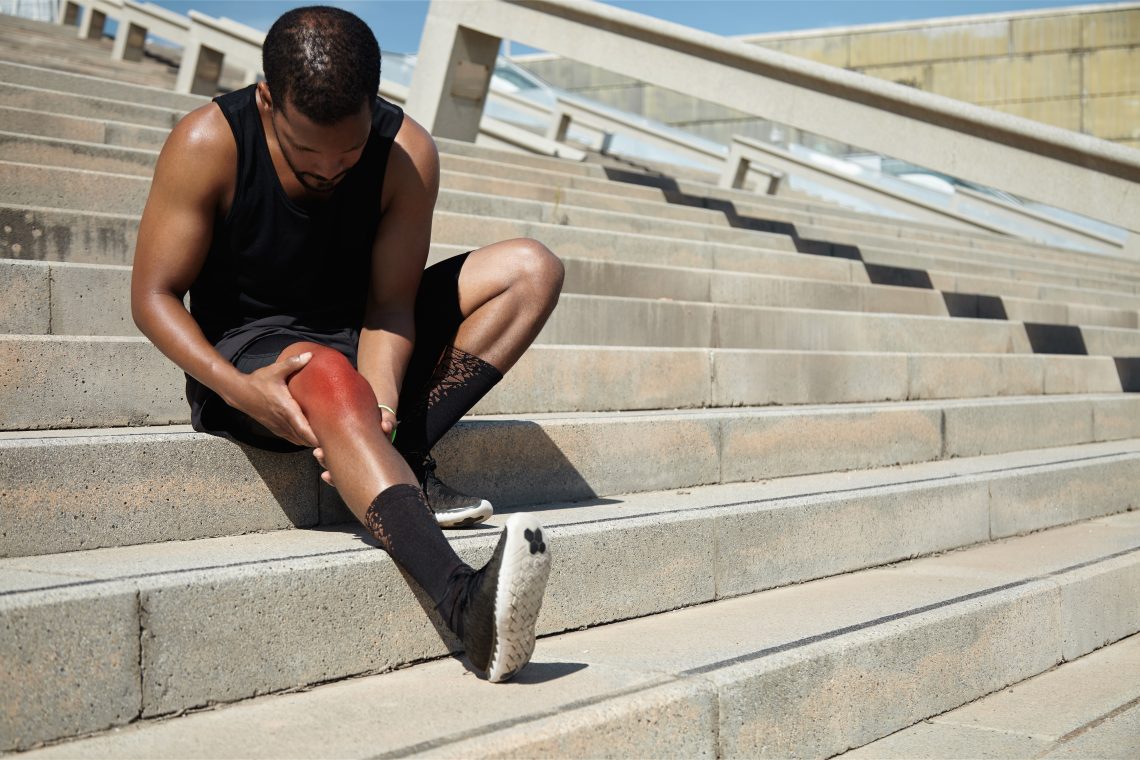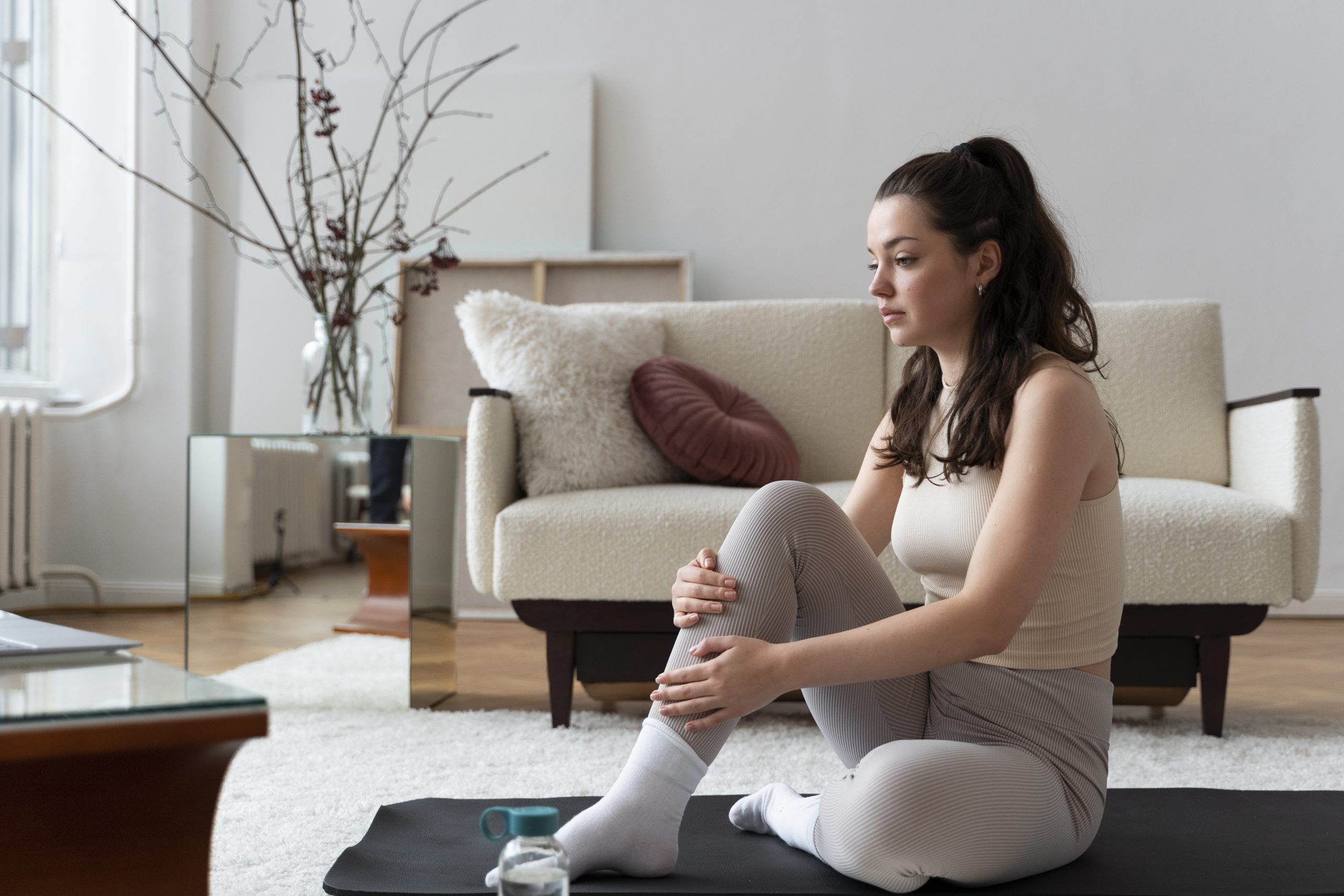Anterior Cruciate Ligament (ACL) injuries are among the most common sports-related injuries, especially in athletes who play football, basketball, volleyball, or engage in high-intensity movements involving sudden stops and pivots. ACL tears can be extremely painful and usually require months of rehabilitation, and in severe cases, surgery.
One of the biggest questions people ask is: “Are ACL injuries preventable?”
The good news is yes — most ACL injuries are preventable with the right training, awareness, and movement patterns. While not every injury can be avoided, research shows that strengthening, conditioning, balance training, and proper body mechanics significantly reduce the risk.
In this article, we’ll explore why ACL injuries happen and how you can dramatically lower your chances of experiencing one.
Understanding ACL Injuries
The ACL is one of the key ligaments that stabilize your knee. It prevents the tibia (shinbone) from sliding out in front of the femur and helps control rotational movement.
ACL injuries typically occur due to:
- Sudden stopping
- Abrupt change in direction
- Awkward landing from a jump
- Twisting motion with a planted foot
- Direct collision to the knee
Athletes who participate in high-speed sports face a greater risk.
If you want to understand how long ACL recovery takes, you can read:
👉 ACL Injury Recovery Time
Are ACL Injuries Preventable?
While it’s impossible to guarantee 100% prevention, most ACL injuries can be significantly reduced through well-structured prevention programs that focus on:
- Neuromuscular training
- Strength building
- Balance and stability
- Proper jumping and landing techniques
- Flexibility
- Core strengthening
Studies show that athletes who follow injury-prevention routines cut their ACL injury risk by up to 52%.
Why Do ACL Injuries Happen? Key Risk Factors
Understanding the root causes helps you take preventive actions.
1. Weak Hip and Leg Muscles
Weakness in the glutes, hamstrings, and quadriceps affects knee alignment.
2. Poor Landing Mechanics
Landing with knees caving inward puts pressure on the ACL.
3. Tight Muscles and Limited Flexibility
Muscle stiffness reduces mobility, making the knee more vulnerable.
4. Lack of Neuromuscular Control
Inadequate body awareness increases the risk of awkward movements.
5. Fatigue
Tired muscles react slower and become less stable.
How to Prevent ACL Injuries
Here are some proven methods to lower your risk:
1. Strengthen the Muscles Around the Knee
Stronger muscles stabilize the knee and reduce strain on the ACL. Focus on:
- Squats
- Lunges
- Hamstring curls
- Glute bridges
- Deadlifts
Balanced strength in the hamstrings and quads is particularly important.
Also read:
👉 How to Prevent ACL Injury
2. Work on Core and Hip Strength
A strong core improves your body’s ability to control movement. Exercises that help include:
- Planks
- Side planks
- Hip abduction
- Monster walks
- Bird dog exercises
Weak hips cause the knees to fall inward, increasing injury risk.
3. Improve Balance and Stability
Good neuromuscular control helps stabilize the knee during fast or sudden movements. Try:
- Single-leg stance
- Single-leg squats
- Bosu ball exercises
- Balance board training
Balance training can cut injury risk nearly in half.
4. Practice Proper Jumping and Landing Techniques
Landing with your knees bent, hip forward, and chest upright prevents the knee from collapsing inward.
Follow these cues:
- Land softly
- Knees aligned with toes
- Avoid twisting on landing
- Keep your core tight
Poor landing mechanics also increase the risk of other sports injuries. Learn more about injury prevention:
👉 How Can I Prevent a Sports Injury
5. Warm-Up Before Exercise
A dynamic warm-up boosts blood flow and improves mobility. Include:
- Leg swings
- High knees
- Butt kicks
- Hip circles
- Light jogging
This prepares your joints and muscles for intense activity.
6. Improve Flexibility
Tight quads, hamstrings, and calves affect knee alignment. Stretch regularly, especially after exercise.
7. Wear Proper Footwear
Wearing improper shoes increases instability and puts unnecessary stress on the knees.
Choose sports-specific shoes that support lateral movement, offer cushioning, and reduce impact.
8. Avoid Overtraining
Repetitive strain weakens muscles and ligaments. Make sure you have:
- Adequate rest
- Cross-training activities
- Scheduled recovery days
Athletes who overtrain are significantly more likely to experience ACL tears.
9. Consider a Neuromuscular Training Program
These programs combine balance, strength, jump training, and agility drills proven to reduce ACL injuries.
Popular ones include:
- FIFA 11+
- PEP Program
- Sportsmetrics
They are used globally by professional athletes to reduce injury risk.
Are ACL Injuries More Common in Some People?
Yes. Higher-risk groups include:
- Female athletes (due to anatomical and hormonal factors)
- Individuals with poor knee alignment
- Those who previously had ACL injuries
- Athletes who play pivot-heavy sports (basketball, football, volleyball)
If your ACL injury is severe and you are struggling with mobility, you may find this helpful:
👉 Why Can’t I Bend My Knee After ACL Injury
When Prevention May Not Be Enough
Even with perfect training and technique, accidents can happen. Collisions, unexpected movements, or playing on uneven surfaces can lead to injury.
But following the preventive steps above dramatically reduces your chances, especially for non-contact ACL injuries which make up almost 70% of cases.
Final Thoughts
So, are ACL injuries preventable?
Yes, most ACL injuries are preventable with proper training, awareness, strength-building, and movement control. By strengthening your body, improving mobility, learning better landing mechanics, and avoiding overtraining, you can protect your knees and stay active without fear of injury.
If you’re recovering from an ACL injury or want to prevent future injuries, consider combining strengthening exercises with flexibility training and neuromuscular conditioning for the best long-term results.






